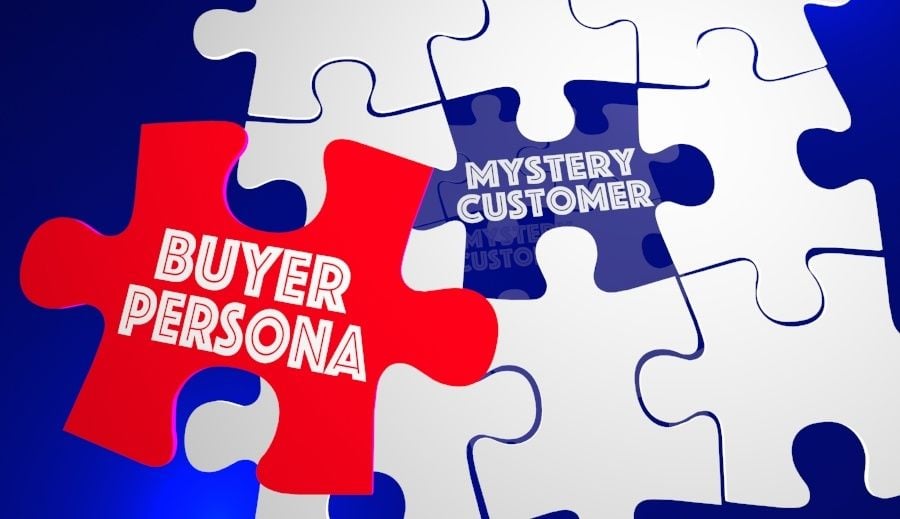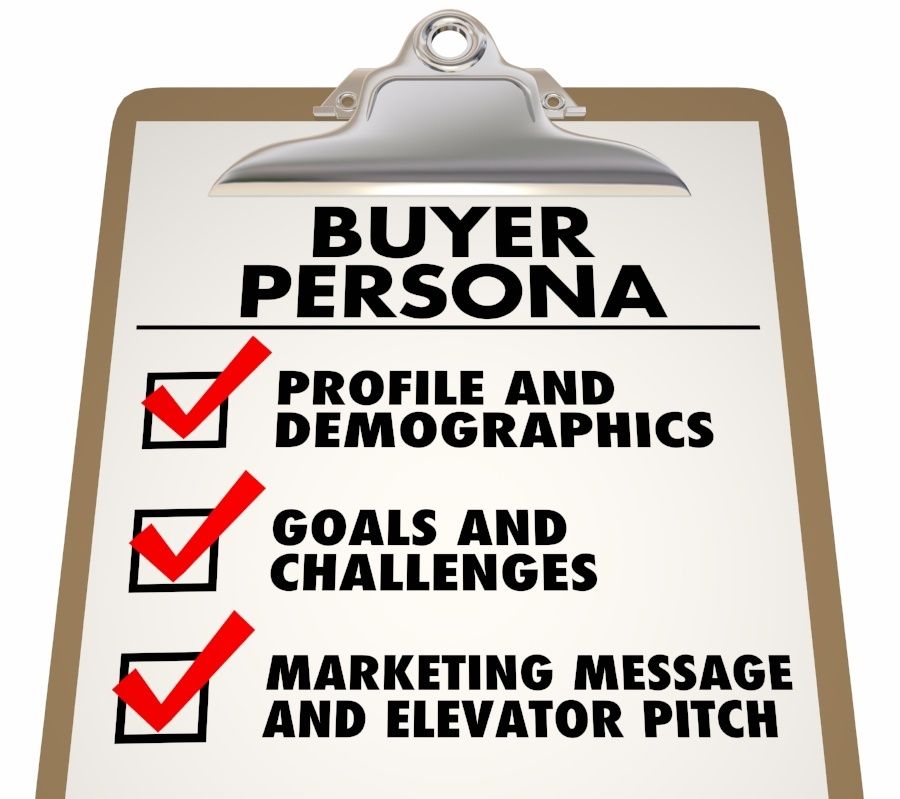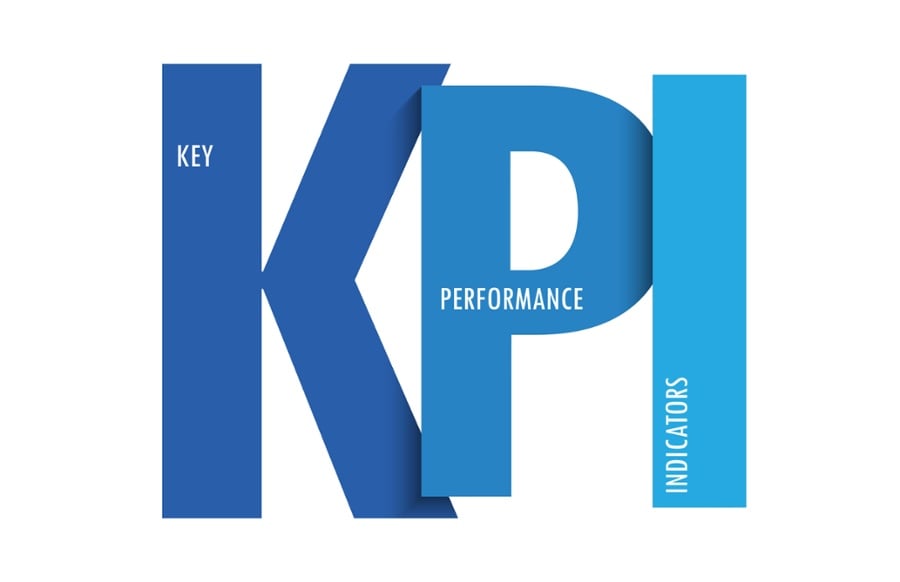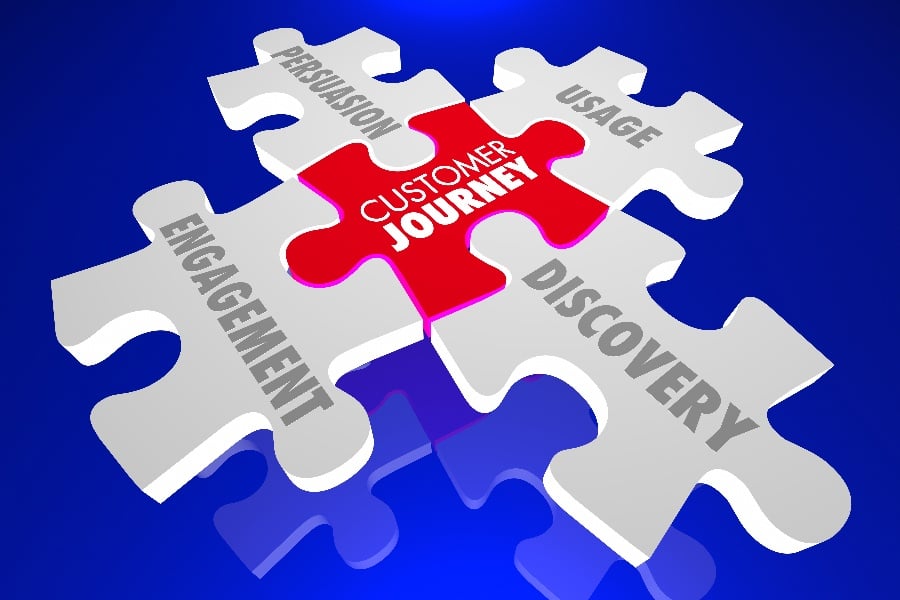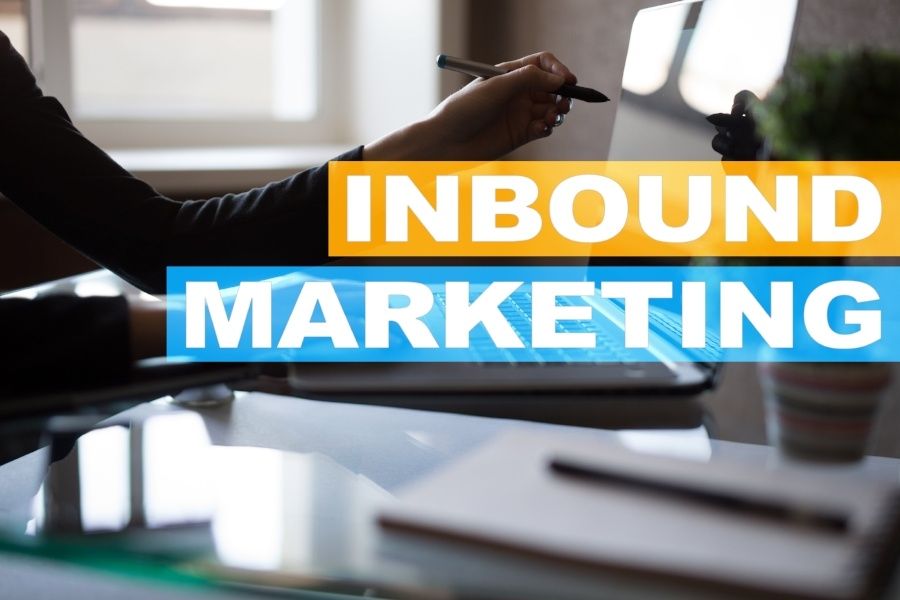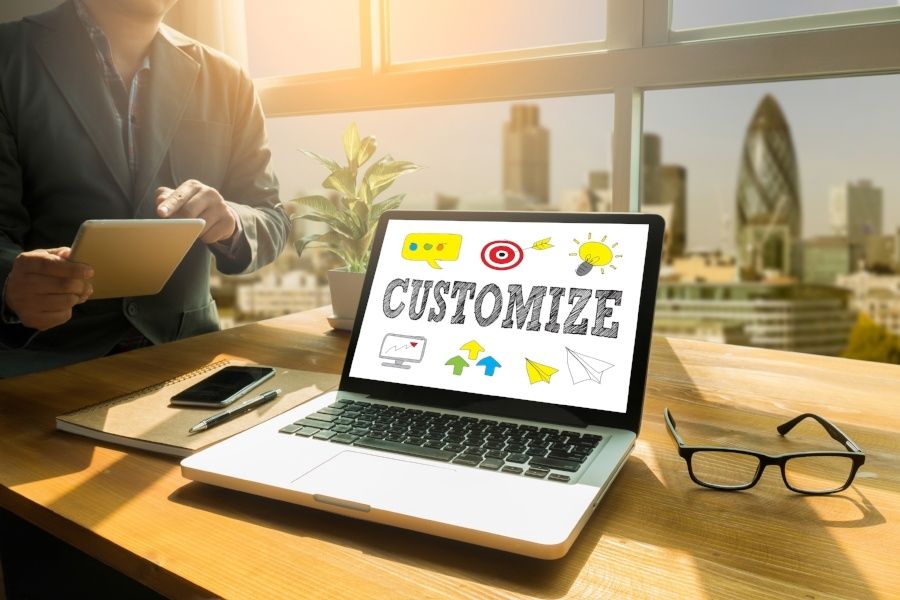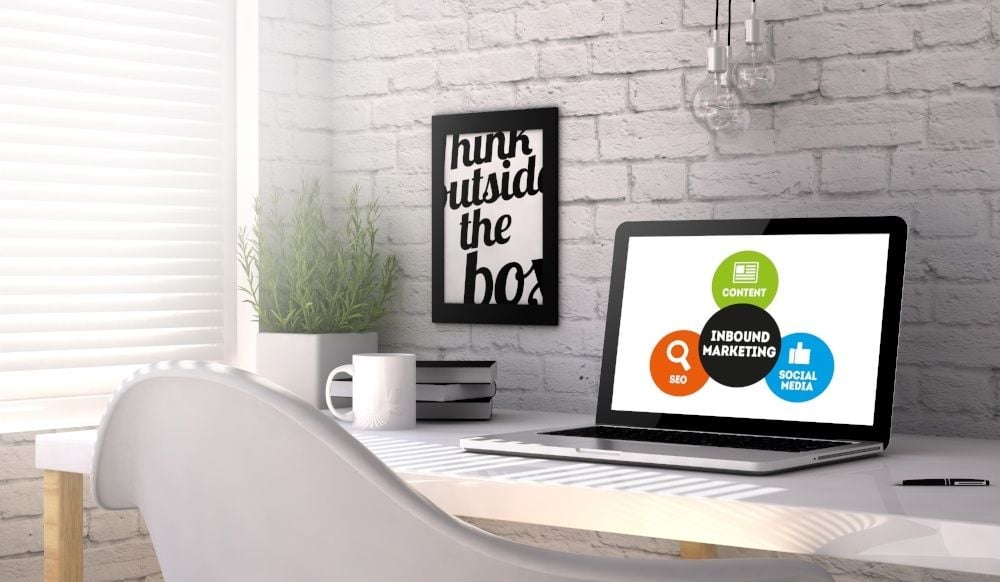
Do you feel like your marketing is “stuck?”
Do you find yourself unable to gain traction and achieve better results? There are a few common issues that I find that my clients are experiencing when they say these things to me, the most common of which is a lack of focus in who they are targeting.
Yep. Too many companies today are still doing the old “spray and pray” technique.
They send ads, marketing materials, and social media posts out into the abyss without putting enough thought into whether or not they are engaging with the right people.
You can’t market anything without actually knowing who you are marketing to.
The first step in any new inbound marketing plan that I put together for a client is to build out their buyer personas, which are essentially mapping out the type of people that our marketing campaigns will target.
Identifying the personas that we want to target helps us refine our messaging and helps everything else to fall into place.
Source: Art+ Marketing
Why Develop Buyer Personas?
Buyer personas are a representation of your ideal customers. To build the persona you can use data that you have collected, third-party data, and educated guesses about what is important to them as buyers.
Customer service information is an absolute goldmine for this type of information.
Your business will likely target not one, but multiple buyer personas. If you offered marketing software, you wouldn’t just target CMOs.
Depending on what your software offered, you might target lower level positions, management-level positions, or even founders with your marketing.
Understanding what is important to people in each of these different roles is critical for designing campaigns that will actually speak to them. Buyer personas help you to refine your messaging across all stages of the buyer’s journey.
Here’s a representation of the average B2B buying journey, from HubSpot:
A well thought out marketing plan will help you to create specific goals for each of your target audiences at the different stages of the funnel. You need to create messages that they will relate to.
How Do You Define Buyer Personas?
If you listen to any business owner, they’ll probably tell you that they know so much about their customers that they could describe the different personas to you off of the top of their head.
If you dig a little deeper and start asking some pointed questions about those customers, they come to realize that they may not know as much as they think.
Our process for developing buyer personas here at RiseFuel looks like this:
Step #1 - Gather Data and Research
Before you can build a buyer persona, you have to try to learn about them. You don’t want to make too many assumptions. You can dig into your customer support data. You can use anecdotal evidence from your conversations with customers.
There are a few different places where you can look for data about specific customer types.
- Of course, your customer databases would be essential here. Dig into them and see if you notice any trends among similar customers.
- Look at your website analytics. What does it say about each of the different personas that you are considering developing? Do they visit specific website pages? What kind of content do they engage with?
- Speak with current customers. Don’t overlook this! Speaking with your customers and asking what they care about is an important part of understanding them.
- Speak with team members that most regularly interact with your customers. They may have a lot of insight into what they care about.
- Engage in social listening. Watch what people are saying on social media about your industry, competition, and your own company.
Customers themselves are going to be your best source of information. No one can tell you what they care about better than them.
Step #2 - Build Out Profiles for Your Personas
Once you have gathered data and dove into researching your customers, take that information and build out your different personas.
Try to keep the personas limited to 3-5 different customer types, tops. Any more and you’ll quickly find that you are spreading ourselves too thin.
Information that is included on your typical buyer persona profile includes:
- Name. Usually something funny/cheesy. Manager Mark. Optometrist Otto. Founder Frank. Something that tells you who they are and what position they hold for a little more context.
- Demographic information. This can include things like where they live, what job they hold, age, gender, and interests. Demographic data that is especially relevant to their need for your product is the best fit.
- Their unique goals. What would they like to achieve? Especially as it relates to your product.
- Fears. What are they most afraid of in their work? Consider how your product connects to these fears.
- Where you can find them. Contacting elderly people through social media might not be the best game plan. Knowing how and where to contact your target audience is essential for engaging with them.
Step #3 - Share Documentation
Buyer personas don’t do you much good if you aren’t going to use them throughout your organization.
If you are creating them for a specific marketing campaign that’s great, but that doesn’t mean that some of this information wouldn’t be useful in other areas of your business like sales, customer support, and customer success.
Great buyer personas help to inform your marketing content, but also your sales enablement content and customer interactions as well.
A Vital Component
Well-defined buyer personas help you in multiple areas of your business. Most importantly, they help to guide your inbound marketing strategy.
Buyer personas are the first step in the long process of designing a high-quality marketing plan for your business. It’s about defining your target market and refining your strategies to speak most directly to that market.
With deep and accurate buyer personas, you put yourself in a position to best speak to their concerns, desires, and needs — then position your product as a solution.





